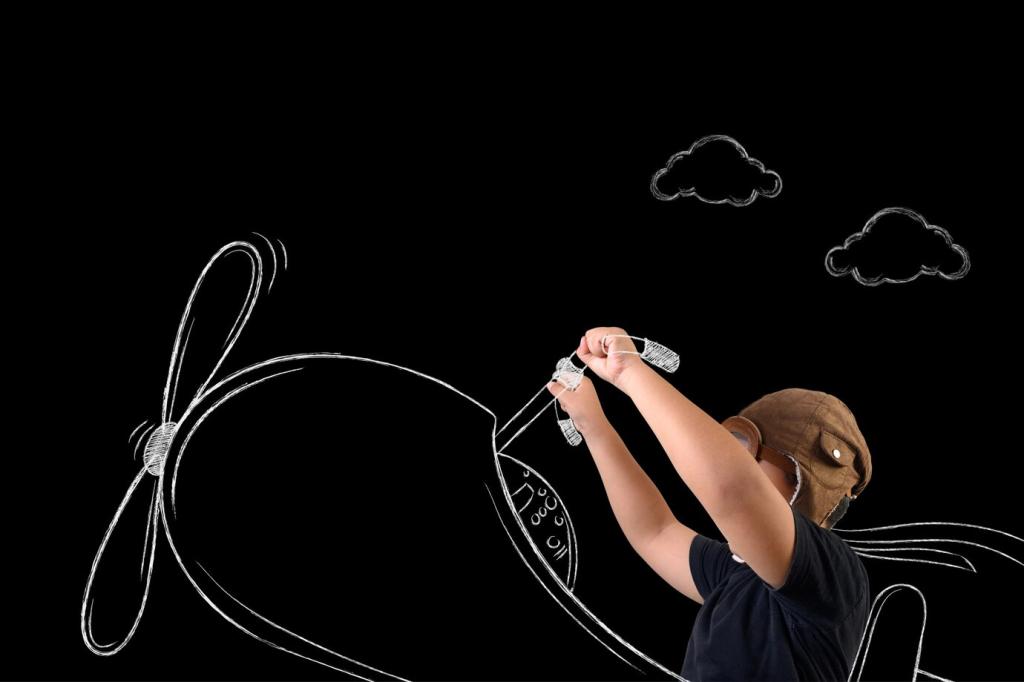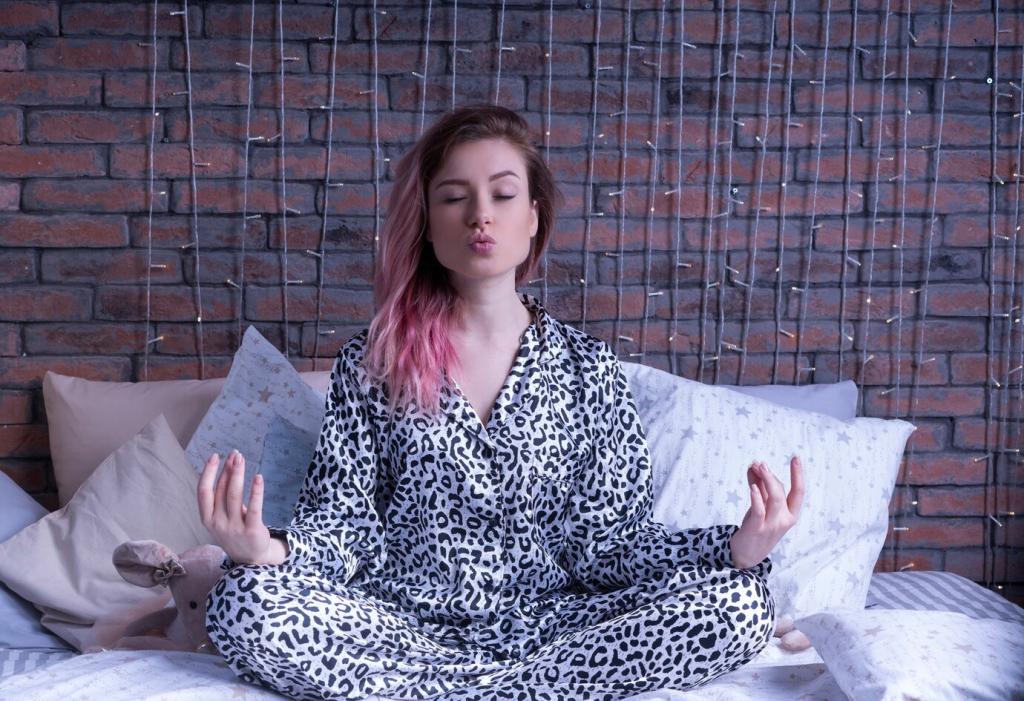Mindfulness as a Bridge to Nighttime Lucidity
During walks or chores, place attention on one sensation for thirty slow breaths: footfalls, palm warmth, or air on your cheeks. Notice mind wandering without judgment, then gently return. This repeated refocusing builds the calm, clear awareness required to recognize you are dreaming.
Mindfulness as a Bridge to Nighttime Lucidity
Silently tag thoughts as “memory,” “planning,” or “imagining,” and emotions as “fear,” “curiosity,” or “joy.” This simple taxonomy trains meta-awareness. In dreams, that habit often reappears as a subtle question, prompting you to realize, with clarity, that the scene before you is not waking life.








